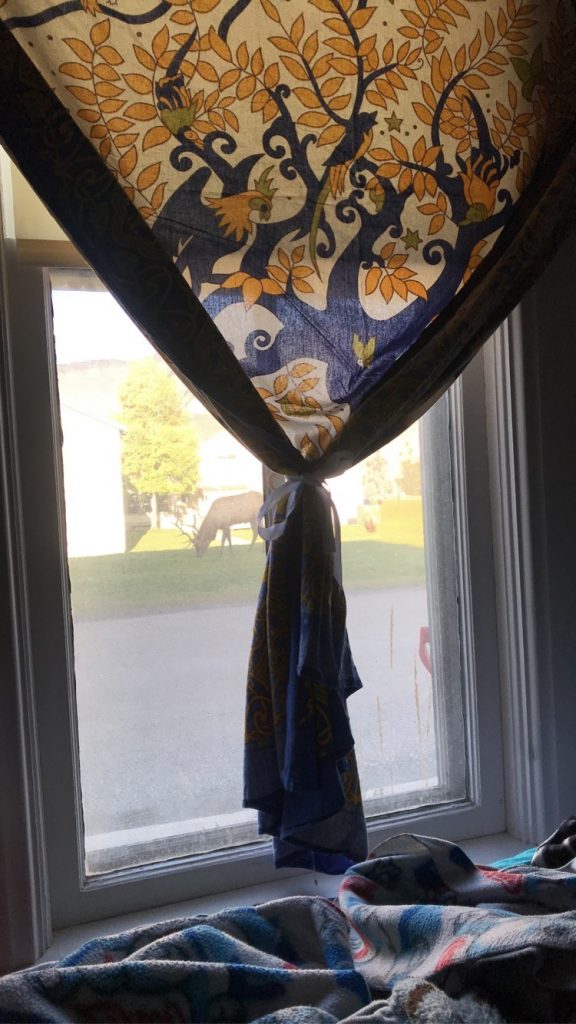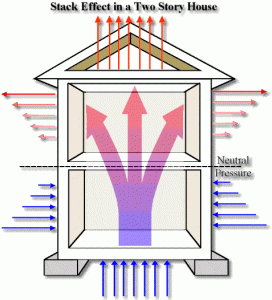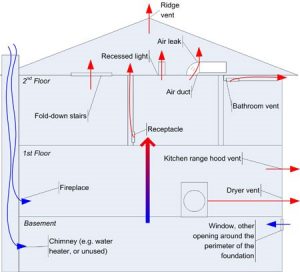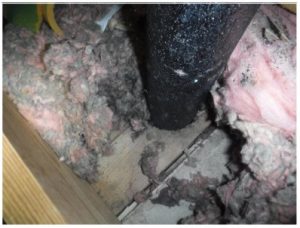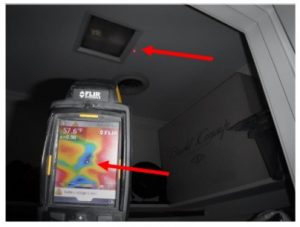By Rachel Dodgen
Windows are the eyes to our homes, and we are the souls inside peering out. Okay, that was one of the lamest sentences I’ve ever typed, but windows are an essential part of our homes and offices. Without windows, buildings would be miserable, dark spaces, devoid of happiness. Some probably disagree, but I will forever opt for the maximum number of windows, especially during a pandemic and stay-at-home orders.
Windows, however, don’t always get the praise they deserve. During my two years spent as an energy auditor and even in my time serving as an Energy Corps member with Yellowstone National Park, hardly a day goes by without someone complaining about their drafty window. Doing energy audits in North Carolina it was always, “I can stand right next to this window and feel the cold!” In Yellowstone, the complaints are more along the lines of “my office is freezing because this building was built over 100 years ago and they haven’t improved the windows at all!” I am here to tell you yes, windows are colder than walls, but windows are not the main cause of discomfort in a building. Air leakage is.
Air leakage is air inside of your home escaping to the outside through gaps, cracks, and holes in the building envelope (walls, floors, and ceiling). Most of these air leakage points are gaping holes around plumbing pipes and ductwork, hidden in the attic and crawlspace. However, a common air leakage point anyone can spot in their home is the gap around doors where sunlight shines through. Air exchanges between the inside and outside through these cracks and holes, causing (in the winter) heated indoor air to escape and cold outside air to be drawn in. This air exchange is worsened by stack effect which is where the air in your home stratifies with heated air rising to the top of your home and cooler air settling at the bottom (thermodynamics). As heated air reaches the ceiling and escapes to the outside, a pressure differential forms, with negative pressure building at the floor causing cold air to be drawn in. This is how drafts in a home are formed:
These diagrams are demonstrating how stack effect and air leakage occurs in the winter with heated air rising to the top and cold air being drawn in at the bottom. In the summer, the opposite occurs, although not as strongly because the temperature difference between the inside and outside is less than in the winter (more thermodynamics).
This picture is taken from an attic space and shows a plumbing vent pipe and the top of a wall. The small gaps around the pipe and between the wall’s top plate and dry wall are where air leakage occurs. The insulation is black around this area because the insulation filters out dust and dirt as air travels through it – a clear sign of air leakage.
Using a thermal camera can further reveal how easily air travels through tiny gaps like this one around a recessed can light. In a home these gaps add up quickly and are often equivalent to leaving a window open 24/7 in an average American home!
If you are concerned about the comfort and efficiency of your home and you think windows are the culprit, consult with a certified energy auditor before calling the window company. Energy auditors are trained to identify weaknesses in a home using building science and are not motivated by a commission of selling high efficiency windows. An energy auditor can also identify if you have problems with your HVAC, which could be causing discomfort.
Replacing your windows can improve the comfort and efficiency of your home and having double or triple pane windows is much better than a single pane. But if your home already has double pane and you’re thinking about replacing them because your home is drafty, reconsider. Making sure your home has proper insulation and is airtight by sealing all those pesky air leaks is the best way to improve comfort in your home. Also standing next to a window and feeling cold is not proof that your window needs to be replaced! It is proof that a piece of glass is much less insulative than a wall filled with insulation.
In conclusion, stop blaming windows for your discomfort when the real culprit is out of sight and may be difficult to imagine. Rally behind your window and thank it for the joy that it brings to your home!

